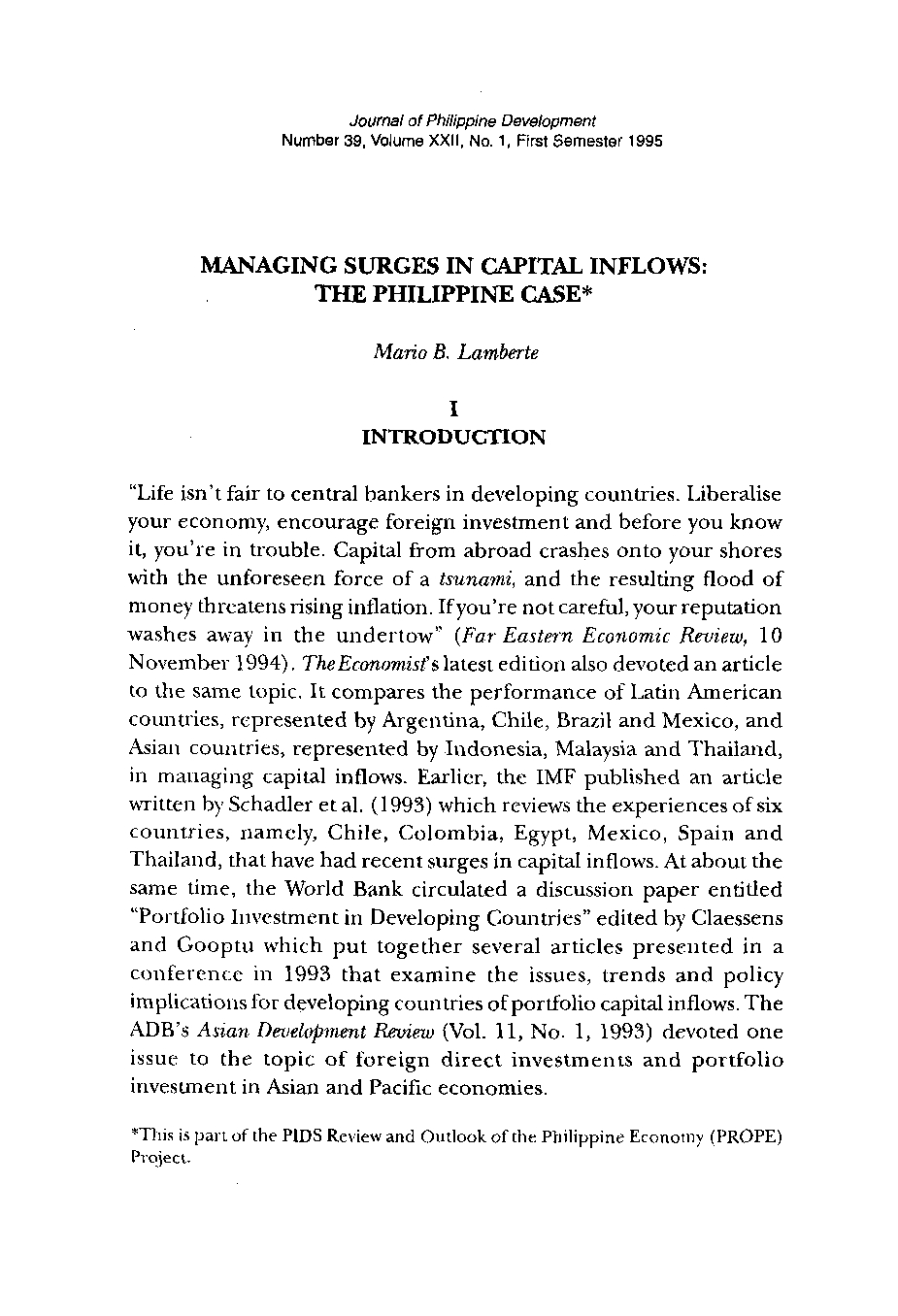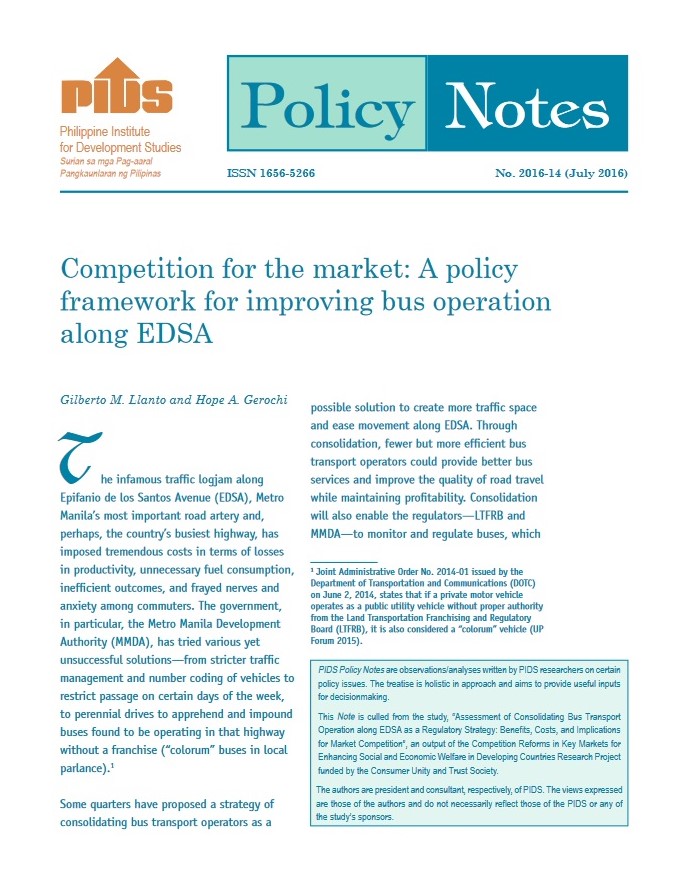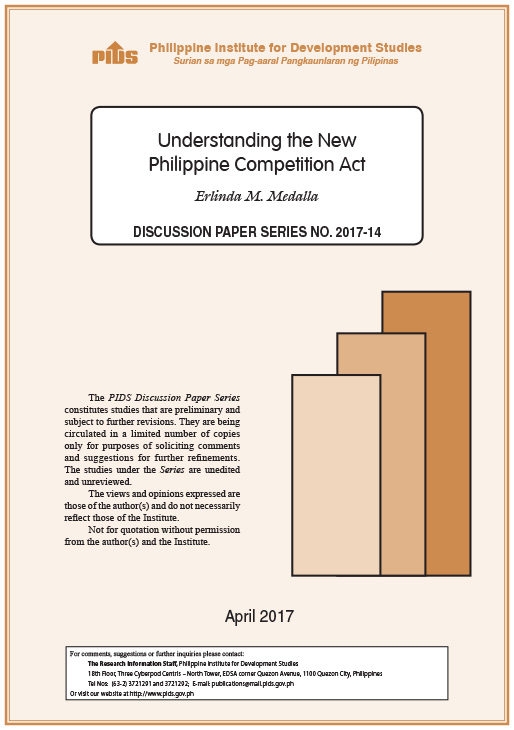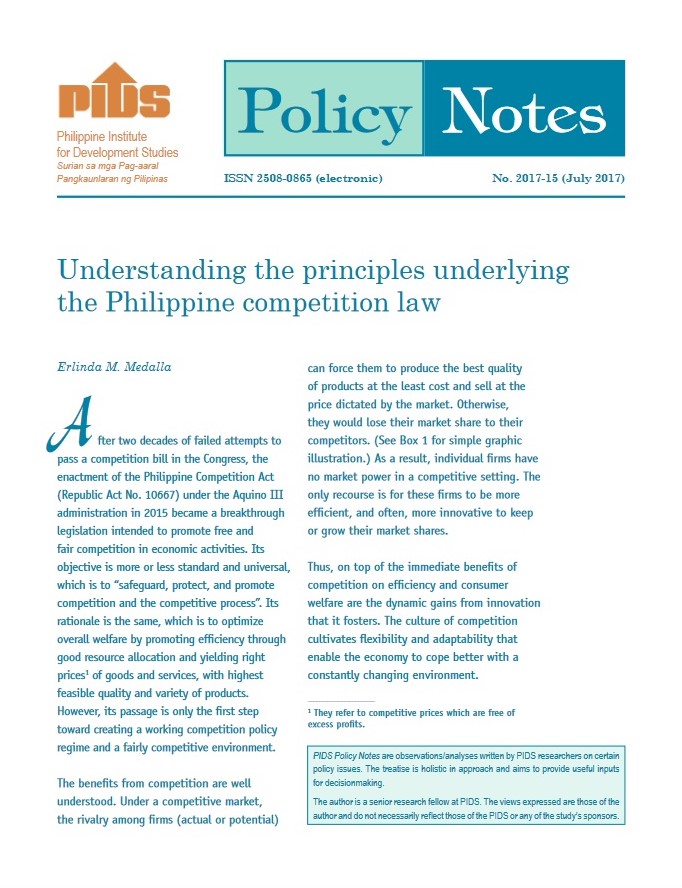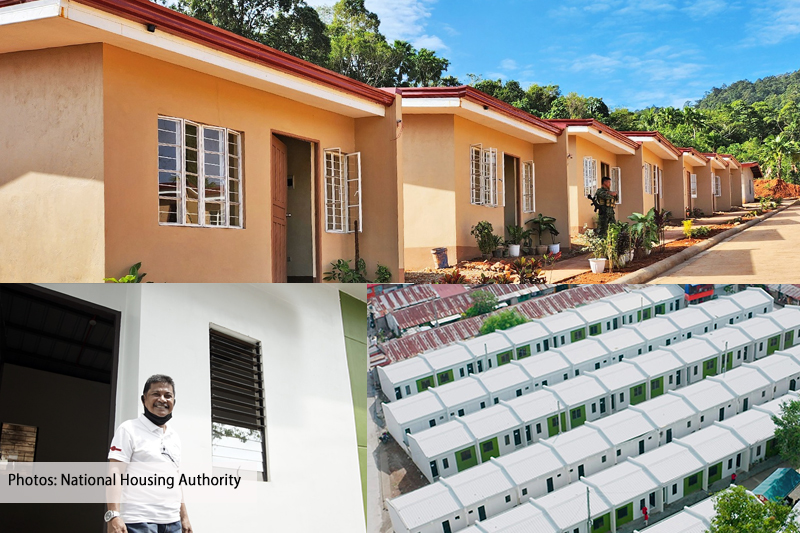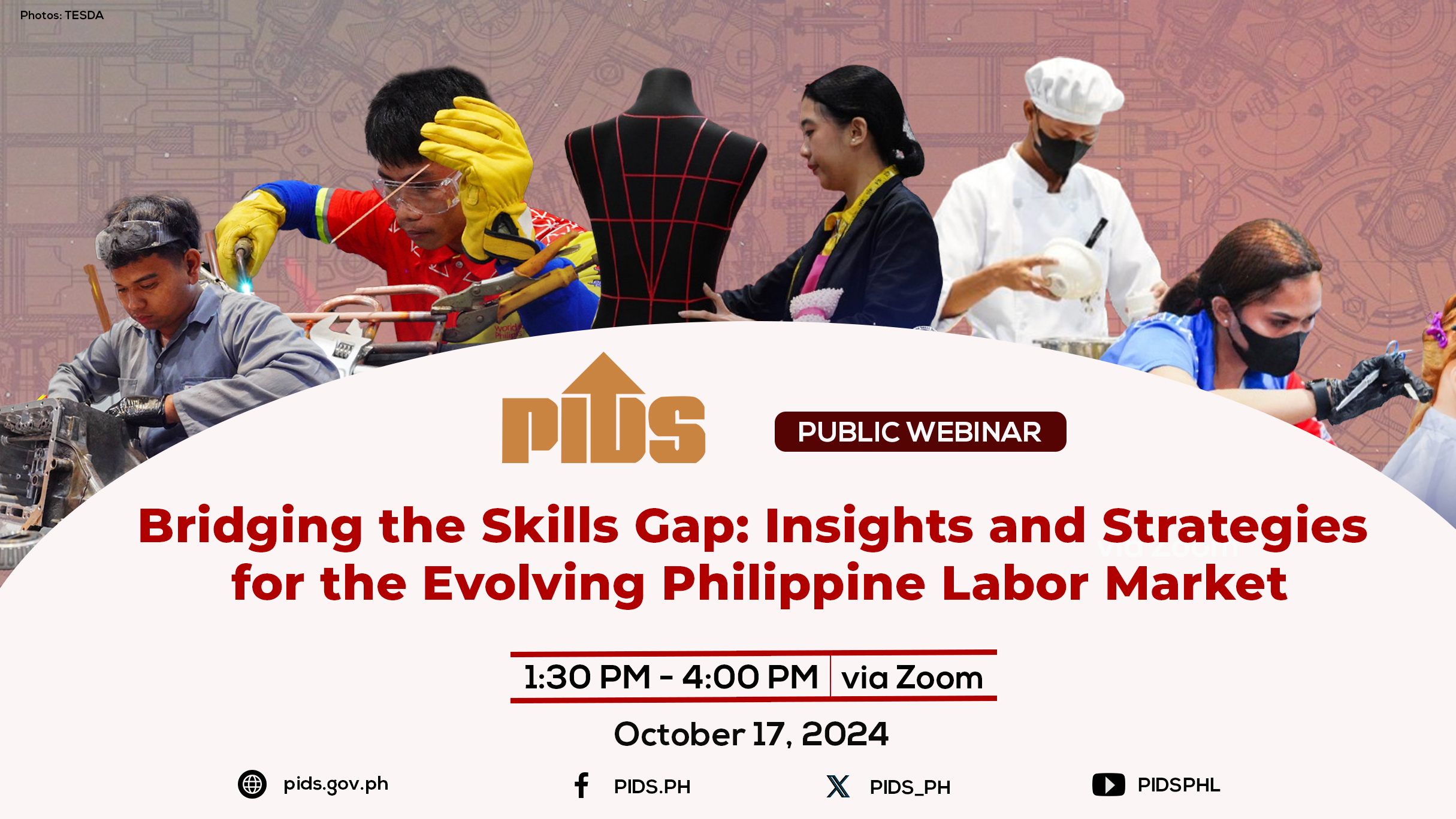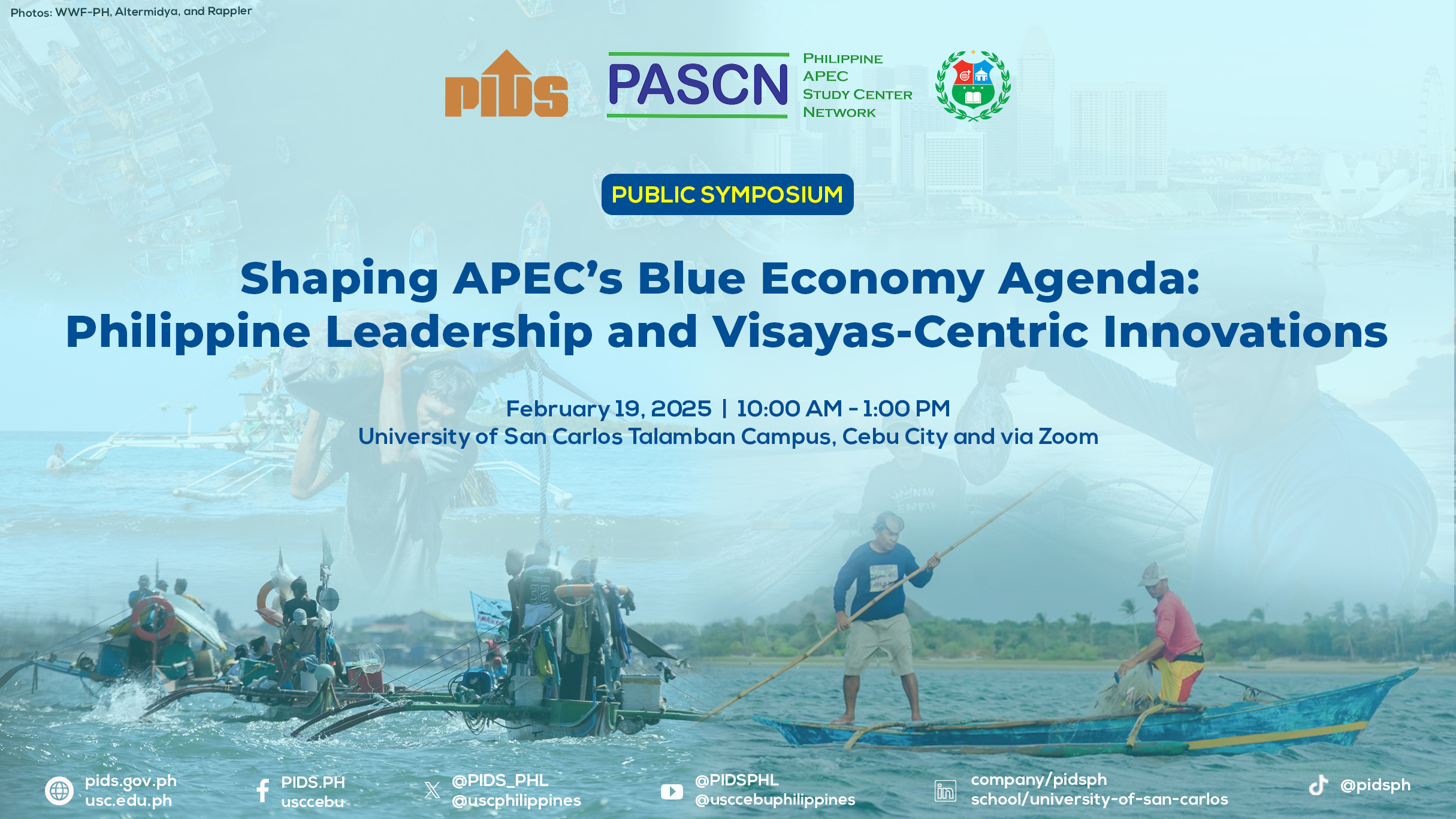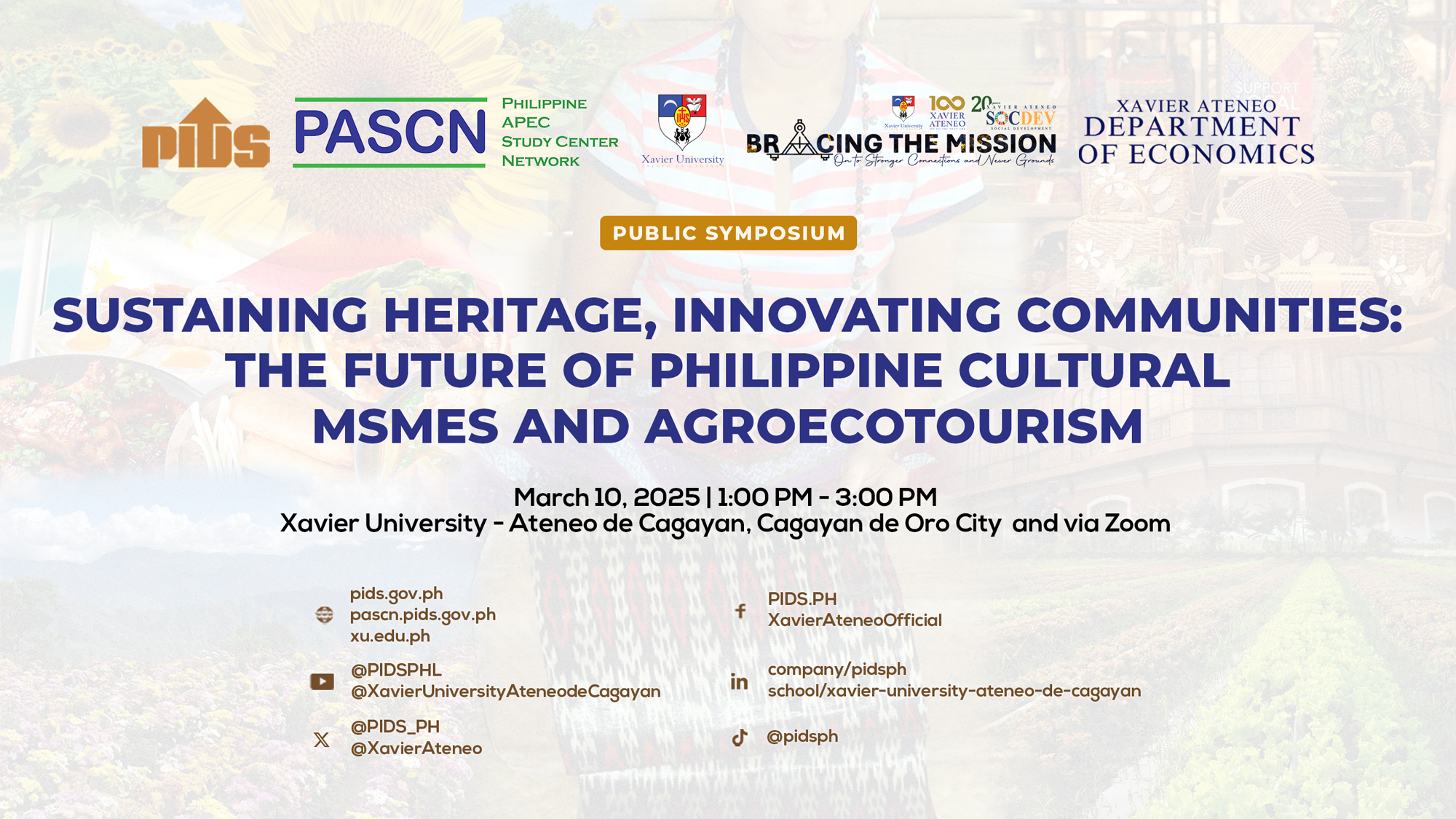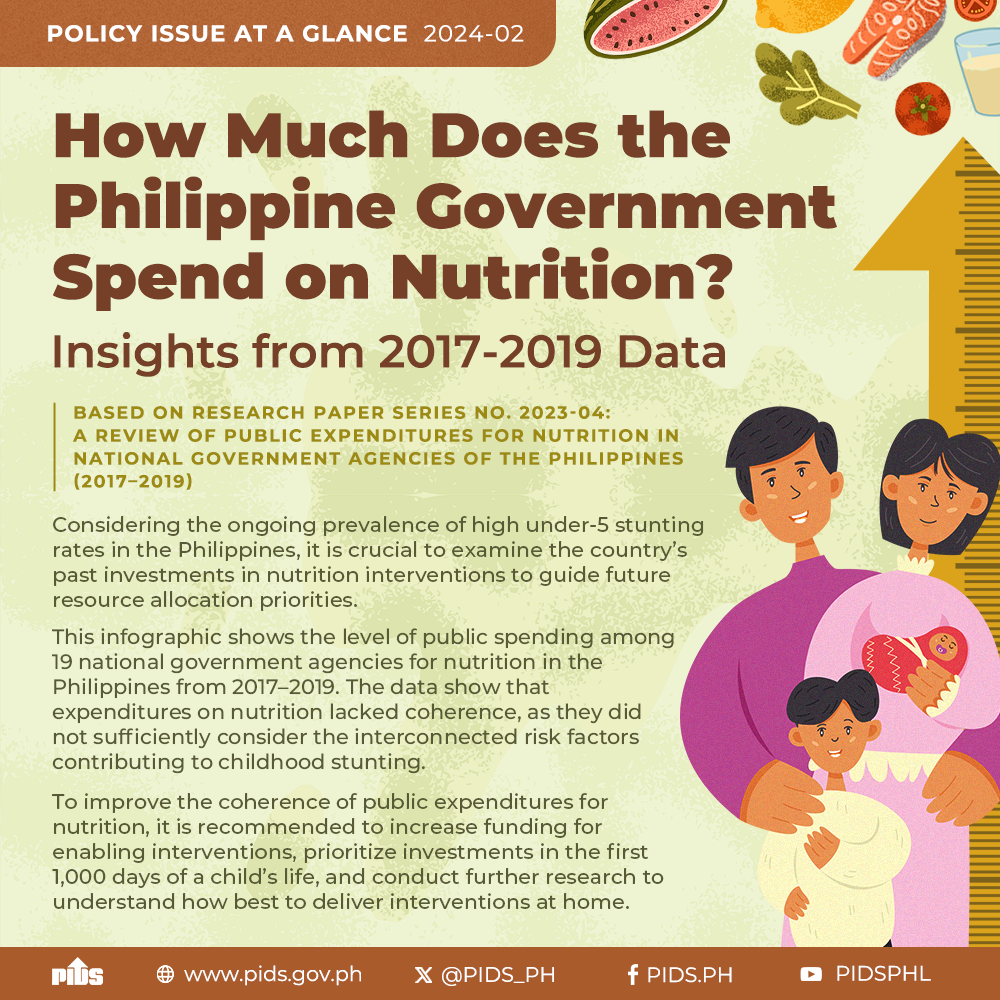The Philippines is one of the countries in Southeast Asia that has experienced massive capital inflows. Being a latecomer in this arena, it can avoid the undesirable effects of these inflows by drawing lessons from the experiences of Latin American and other Asian countries. This paper provides a background and characteristics of capital inflows to developing countries and discusses the issues associated with it. Analysis shows that full sterilization deprives the country of higher investment and growth associated with foreign exchange inflows. This article has been published as a 1994 SA���ʴ�ýdiscussion paper.
Citations
This publication has been cited 13 times
- Cororaton, Caesar B.. 1997. . Discussion Papers DP 1997-05. SA���ʴ�ý.
- David, Cristina C.. 1999. . Discussion Papers DP 1999-31. SA���ʴ�ý.
- David, Cristina C.. 1998. . Discussion Papers DP 1998-39. SA���ʴ�ý.
- David, Cristina C.. 1999. . Philippine Journal of Development JPD 1999 Vol. XXVI No.2-a. SA���ʴ�ý.
- Lamberte, Mario B.. 1999. . Discussion Papers DP 1999-10. SA���ʴ�ý.
- Lamberte, Mario B. and Josef T. Yap. 1999. . Discussion Papers DP 1999-05. SA���ʴ�ý.
- Mercado, Rogelio Jr.. 2020. . Journal of Asian Economics, 67(C). Elsevier.
- Mercado, Rogelio Jr.. 2016. . Trinity Economics Papers tep2116. Trinity College Dublin, Department of Economics.
- Spiegel, Mark M.. 1995. . Economic Review, 17-34. Federal Reserve Bank of San Francisco.
- Spiegel, Mark M.. 1995. . Pacific Basin Working Paper Series 95-06. Federal Reserve Bank of San Francisco.
- Tetangco, Amando M. Jr. 2005. . Edited by Bank for International Settlements, 242-259. Bank for International Settlements.
- Yap, Josef T.. 2008. . Development Economics Working Papers 22703. East Asian Bureau of Economic Research.
- Yap, Josef T. . 2010. . Managing Capital Flows, chapter 13. Edward Elgar Publishing.

